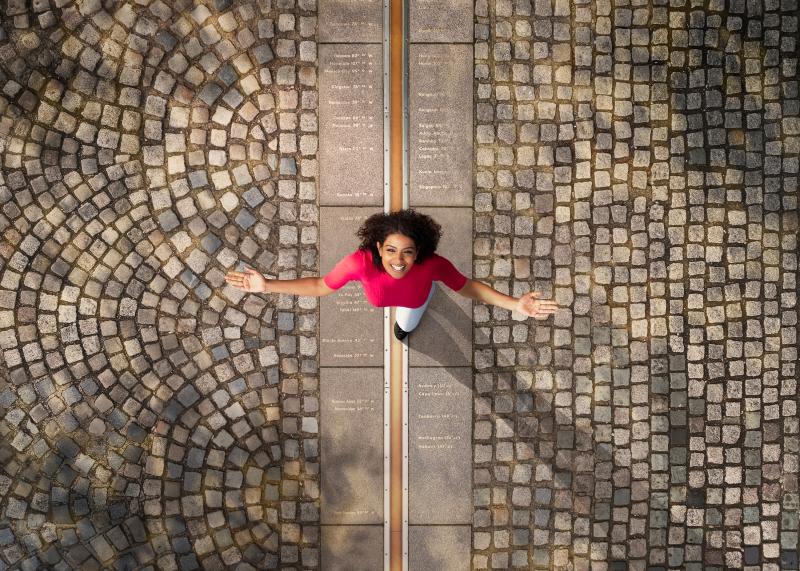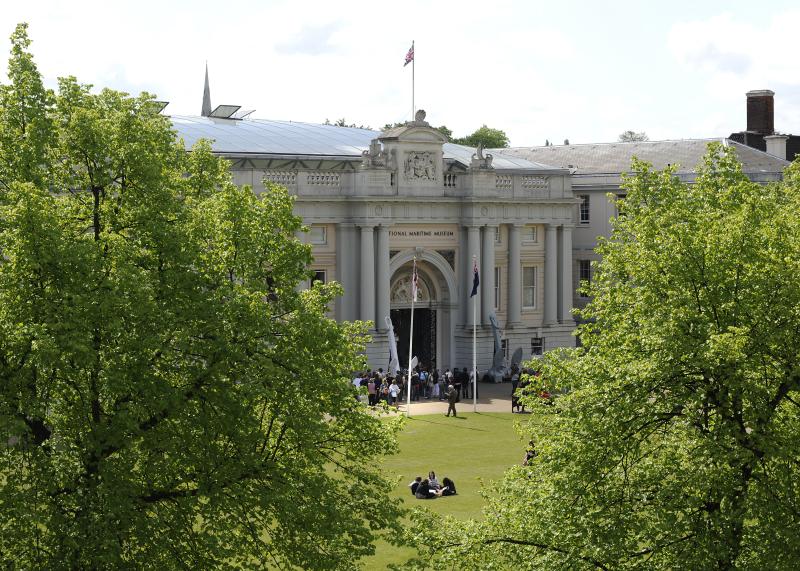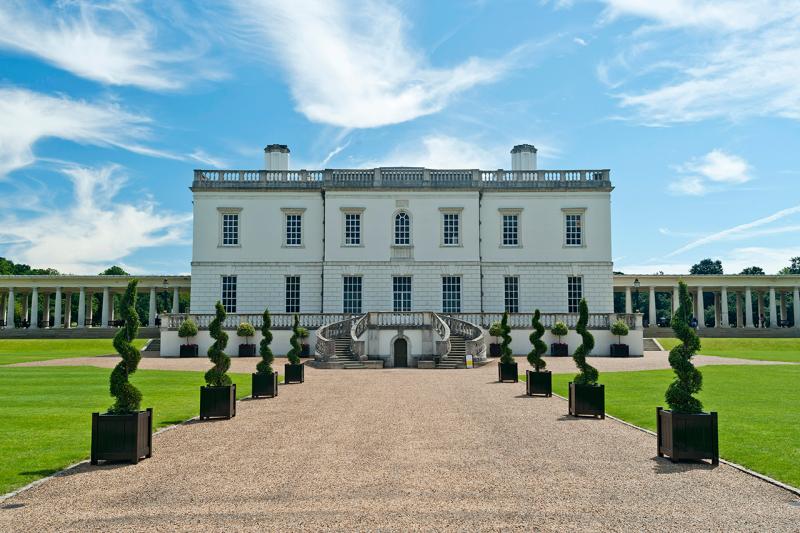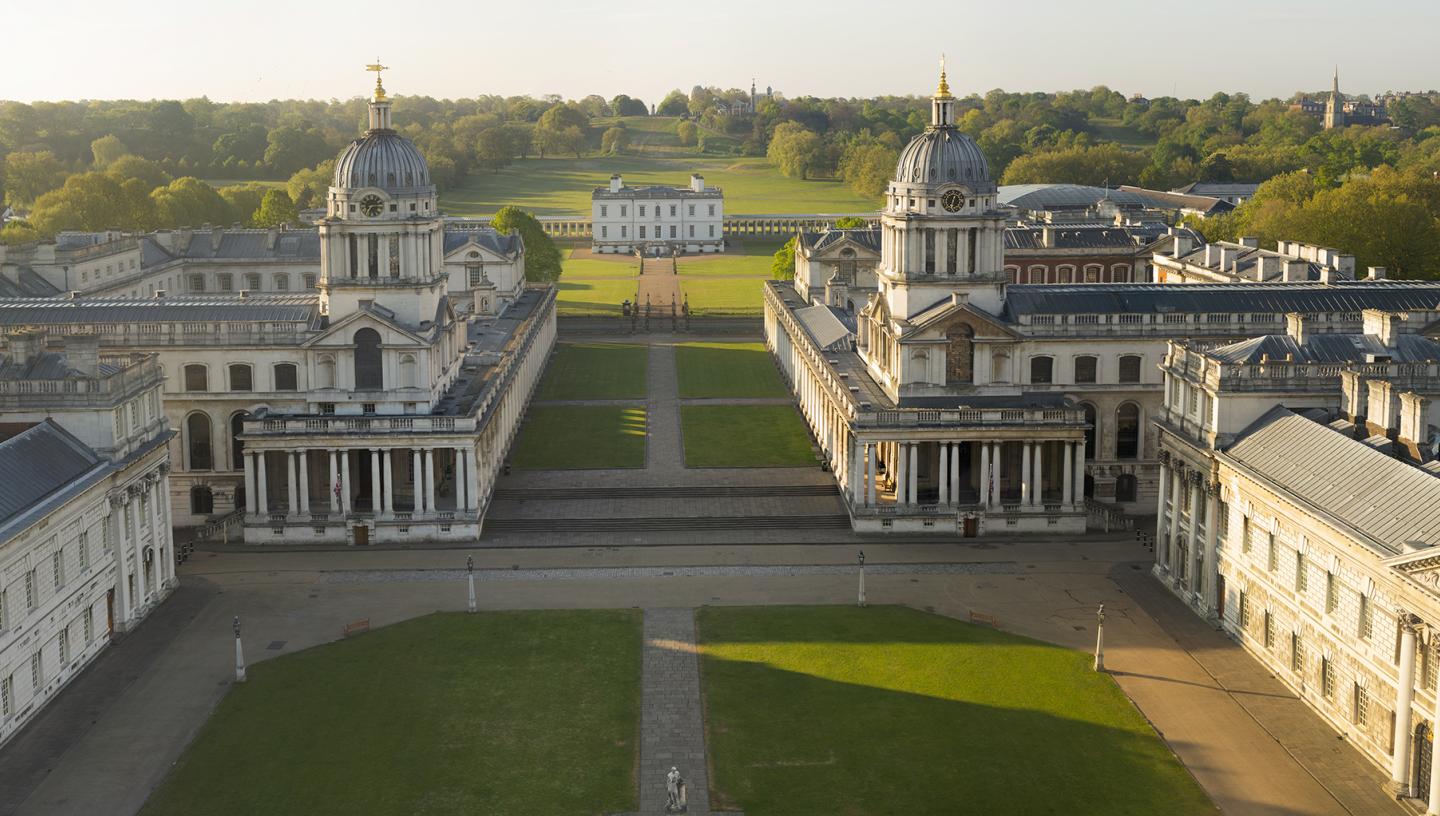
A day trip to Greenwich doesn’t need to break the bank. In fact, many of the highlights of this UNESCO World Heritage Site are free, including the permanent galleries of the National Maritime Museum and Queen’s House, as well as the grounds of the Old Royal Naval College.
With a host of lovely public spaces to enjoy – from Royal Greenwich Park to the Greenwich Peninsula Ecology Park – it’s a perfect budget break for nature lovers and ramblers too.
Explore the free galleries of the National Maritime Museum

The National Maritime Museum reveals epic stories of exploration and endeavour that have shaped our world today. Its extensive permanent galleries – all free to visit – bring Britain’s great seafaring past to life.
From the actual uniform Admiral Nelson was wearing when he was fatally wounded at the Battle of Trafalgar to maritime artworks and a huge collection of figureheads, there's something for everyone at the National Maritime Museum. With a wide selection of free events and activities for children, it’s a fun, free family day out in London.
Romney Road, London, SE10 9NF. Open 10am–5pm Monday–Sunday, including public holidays.
How to get to the National Maritime Museum
Visit the Queen’s House to see the Armada portrait of Elizabeth I
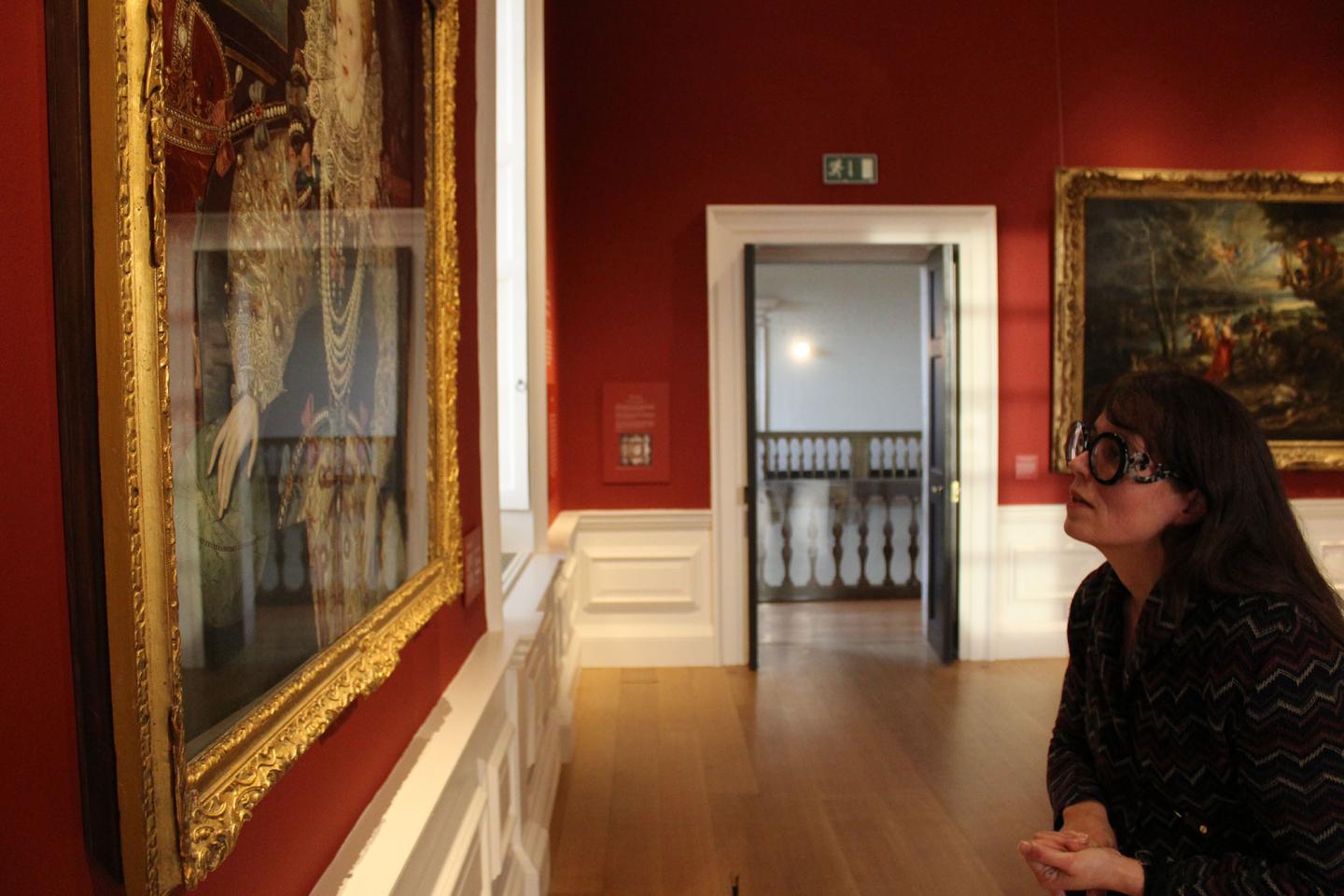
The iconic Armada Portrait of Elizabeth I commemorates the most famous conflict of her reign – the failed invasion of England by the Spanish Armada in summer 1588. Visit the elegant Queen’s House – a free art gallery right in the heart of historic Greenwich – to see this and other great works by world-famous artists, including J.M.W. Turner and Canaletto. The former royal residence, designed by Inigo Jones, was the first classical building in Britain when completed in 1638.
Stroll through Greenwich Park and enjoy London’s best view
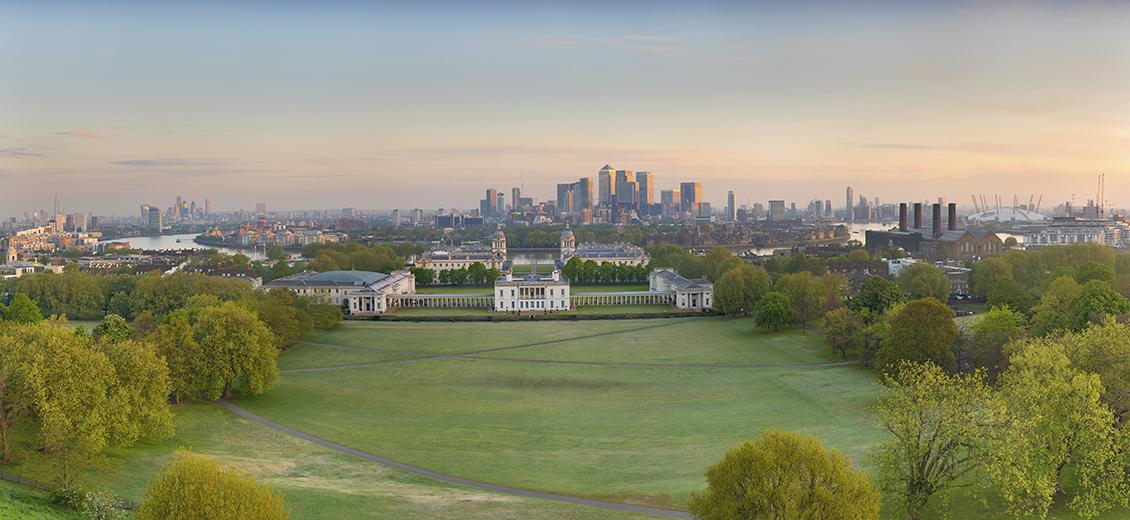
Originally used as a royal hunting ground, Greenwich Park is now a wonderful free green space in London for picturesque strolls and picnics under chestnut and oak trees. The pathway that leads up to the Royal Observatory is a don’t miss on any trip to Greenwich, providing far-reaching views of the City of London and the Thames at the top. The 183 acres of parkland also encompass a beautiful rose garden, the historic Queen’s Orchard, a boating pond, a deer enclosure and London’s longest herbaceous border.
Visit the area after dark and you’ll see the symbolic green laser that beams out northwards along the Prime Meridian Line.
Find out more about Greenwich Park
Walk along the Thames and explore riverside Greenwich
Greenwich is a top spot for a riverside amble. In fact, keen ramblers can walk all the way here from central London by following the Thames Path, with river views all along. The path passes the London Eye, Tate Modern, the Globe Theatre and Tower Bridge, becoming less touristy as you reach the more residential areas. Reminders of London’s industrial heritage come in the form of old docks and riverside pubs.
An alternative is to reach Greenwich via the Greenwich Foot Tunnel from the Isle of Dogs. Built by manpower alone in the early 1900s for dockworkers living south of the river, the tunnel is around 1,200 feet (366m) long. Once in Greenwich, wildlife lovers should make a beeline for the free Greenwich Peninsula Ecology Park, a wetlands area known for its biodiversity.
Window shop (or grab a cheap eat) at Greenwich Market
You don’t have to spend money to enjoy time at Greenwich Market. As the only London market to be situated in a World Heritage Site, it’s worthy of a visit for its history and architecture alone. The market’s roots go back to the early 1800s and it’s lovely to browse the creative stalls and imagine the long line of traders who came before. The tempting smells coming from the food stalls might test your budgetary resolve, but it’s a cheap and brilliant place to eat in London.
Watch the Time Ball drop at the Royal Observatory
Stand within view of Flamsteed House, the oldest Royal Observatory building, to watch the bright red Time Ball drop at 1pm. The Time Ball is one of the world's earliest public time signals. Created in 1833, it was used to distribute time to ships on the Thames and to many Londoners.
At 12.55pm, on any day of the week, the ball rises halfway up its mast. It then goes all the way to the top at 12.58pm. At 1pm exactly, the ball falls, providing a time signal to anyone who happens to be looking. It’s a fascinating reminder of the drive towards a standardised time system for Great Britain and then the world.
See alfresco art from a Turner Prize-winning artist
The National Maritime Museum is the home to one of London’s most-photographed contemporary artworks: Yinka Shonibare MBE’s beautiful Nelson’s Ship in a Bottle (2010). This sits outside the Sammy Ofer wing, at the bottom of Greenwich Park.
The piece is a scaled-down replica of Nelson's flagship HMS Victory, on which the British hero died during the Battle of Trafalgar on 21 October 1805.
The level of detail is truly impressive, with 80 cannons set as on the day of battle, and patterned sails inspired by Indonesian batik, mass-produced by Dutch traders and sold in West Africa. The piece, which originally sat on a plinth in Trafalgar Square, provokes questions about colonialism and cultural appropriation.


